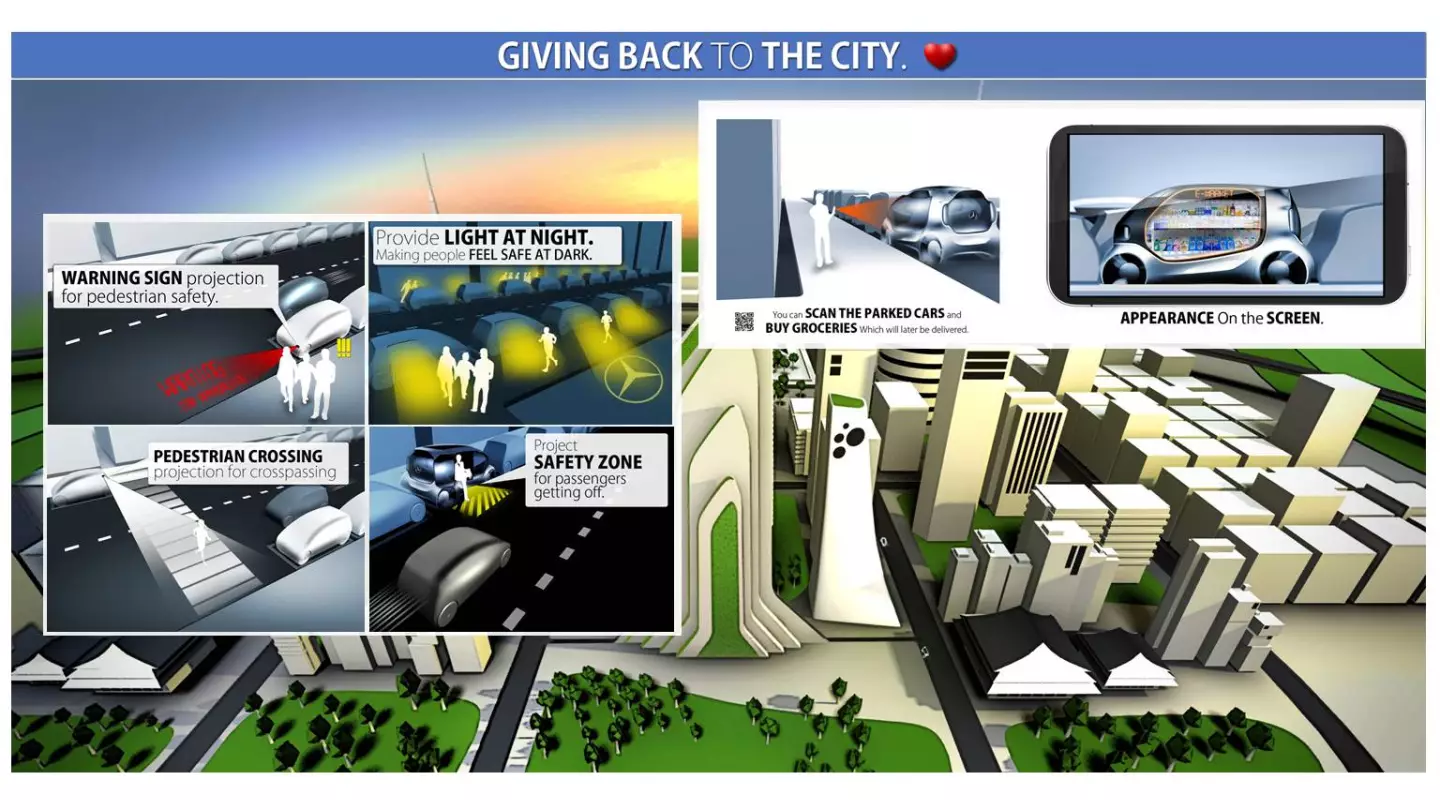Auto manufacturers are typically thought of in terms of tangible nuts and bolts, but the auto industry as a whole does a fair amount of conceptual thinking and prognosticating. Concept cars are the most visible part of this process, but automakers also host contests, conferences and conversations about the future of mobility and the world around us. Daimler recently gathered a group of post-graduate intellectuals and visionaries in thinking about the evolving roles of vehicles in the future.
“As part of our culture of innovation, we want to provide an impetus for visionary thinking. Future Talk offers us the opportunity – outside our own four walls – to enter into a dialog with avant-garde thinkers and discuss our ideas," explained Dr. Herbert Kohler, Vice President Group Research and Sustainability and Chief Environmental Officer at Daimler AG. "We are convinced that innovations are only effective if they follow a clear vision for the future. Therefore, it is important to comprehend social trends and developments at an early stage and sift out the relevant aspects for an automobile manufacturer."
Amidst some "okay, maybe you had to be there"-type mumbo jumbo, the Future Talk group came up with some interesting ideas, one of which was the idea of cars that could "give back to the city." In this day and age, the car is so often thought of as an aged villain and relic that pollutes the environment, so Daimler's group fleshed out a new, philanthropic role for cars.

Cars are getting smarter every year, using radar, GPS, cameras and other technologies to sense and react to the road ahead with and without driver input. The Future Talk group imagined the car leveraging those sensory capabilities for more than just driving. For instance, a parked car could monitor the surrounding area and communicate to a nearby child that it's safe to cross the street. In another example, the car could use its GPS system to provide directions to someone that's lost. Cars could create a sort of "guardian angel" network around cities and businesses, providing an ever-present safety watch.
In addition to safety services, the Future Talk group envisioned vehicles as an extension of commerce. In what sounds very similar to the Toyota Fun-Vii concept, cars would be equipped with large-screen displays advertising products to pedestrians. The screens could even serve as virtual marketplaces, selling products directly to those within eye-shot.

When back in the driveway, cars could become part of a greater "Carcheticture," an integrated energy system between dwelling and vehicle. As in Toyota's V2H system – maybe Daimler had Toyota's media site open throughout the Future Talk – the Carcheticture concept creates an energy bridge between the car and home. Daimler goes so far as to say the car's heating system could serve in place of the typical home heating system, eliminating redundant equipment.
Thinking about a car radiator heating a 3,000-sq ft home (unless they have us living in some type of 100-sq ft metamorphic dwelling pod) on a regular basis seems a little out there, however. But we guess "getting out there" is what meetings-of-minds like Future Talk are all about.
Source: Daimler















